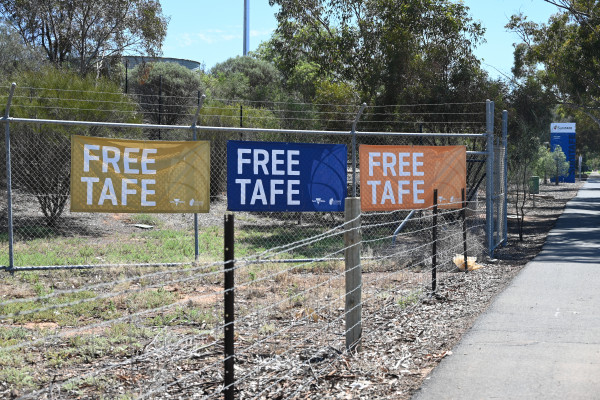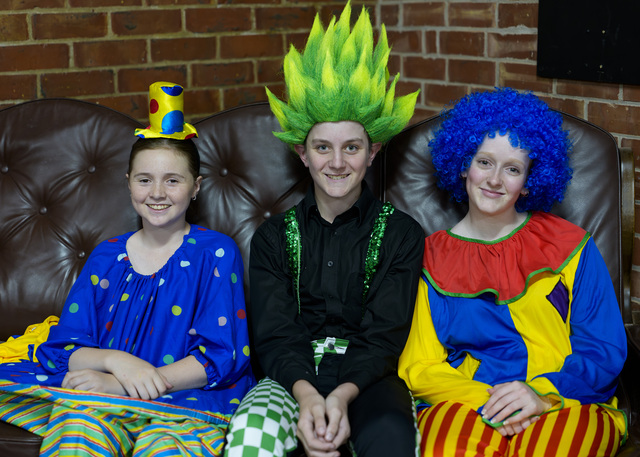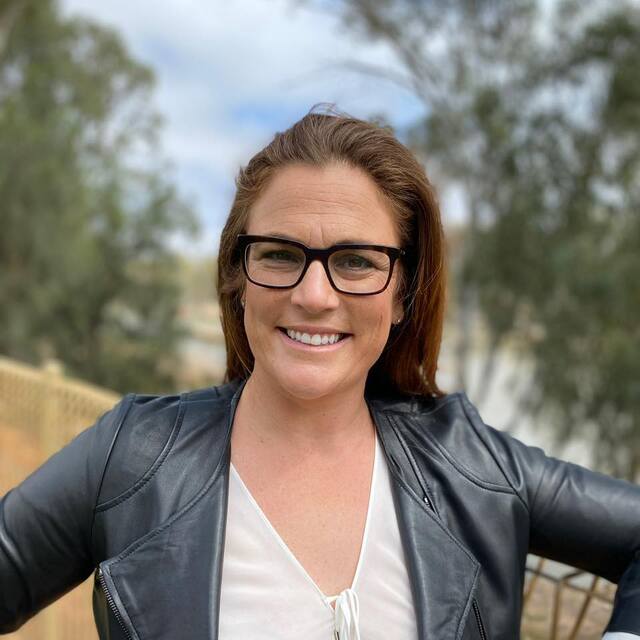INDEPENDENT candidate for Farrer Michelle Milthorpe has come to the defence of the Federal Government’s fee-free TAFE program.
The program has been the source of political debate over the past fortnight, as the Coalition opposed Government attempts to guarantee 100,000 fee-free TAFE placements every year from 2027.
The Fee-Free TAFE Skills Agreement started in January last year as a four-year program to spend more than $1.5 billion on providing 500,000 fee-free TAFE and vocational education and training (VET) places across Australia.
States and territories, many of which had existing similar arrangements for some courses, provided $493 million of the funding.
Opposition MPs – including Member for Farrer Sussan Ley and Member for Mallee Anne Webster – questioned the merit, cost and outcomes of the program during the last two sitting weeks of the calendar year.
Ms Ley, the deputy Opposition leader, said it was a key principle and tenet of the Liberal Party that if you don’t pay for something, you don’t value it.
“A footnote in the legislation indicates that under Labor, free TAFE courses may not be free for students,” Ms Ley told Parliament.
“So, despite Anthony Albanese promising to make free TAFE permanent, Labor’s Free TAFE bill neither guarantees free TAFE places will be permanent nor guarantees they will be free.
“It could permanently increase Commonwealth spending by $500 million a year.
“It permanently commits the Commonwealth to fund free TAFE before it has even reviewed its existing product.”
An August paper by the Mackenzie Research Institute found that the program had improved the position of TAFE in the VET market at the expense of private providers.
Dr Webster said that nothing in politics is free, and in this case, the taxpayer was facing an unquantified cost.
“Skills training is critically important in regional Australia because of the difficulty we have in attracting workers,” she said.
“We need to grow our own. That is another reason why we need to ensure we have the maximum number of training options in regional Australia
“Undermining the private-provider space threatens that choice.
“We are not opposed to students in vocational training or TAFE … financial mismanagement by those opposite is the reason we oppose this bill.”
Ms Milthorpe, an educator in Wodonga running against Ms Ley at the next federal election, said opponents to the policy held an “entitled view”, arguing that without fee-free TAFE, many Australians would be denied an education.
“The notion that people don’t appreciate what they don’t pay for is not only deeply flawed but also offensive,” Ms Milthrope said.
“Education should be accessible to all, regardless of their financial circumstances, for the greater good of the individual and for society as a whole.”
She said claims about low-completion rates of fee-free TAFE courses, which Ms Ley had shared in a newspaper column, were highly skewed.
“The 13 per cent completion percentage quoted in recent media reports actually refers to the number of students who enrolled in the fee-free TAFE courses in January 2023 and had not yet completed them by March 2024,” Ms Milthorpe said.
“Considering that full-time apprenticeships and traineeships usually last longer than 12 months and that many VET students study part-time, thus further pushing out their completion dates, this claim is highly misleading.”
Ms Milthorpe said it was simple and short-sighted to affix blame on current skill shortages to TAFE arrangements, and called upon policymakers to consider the long-term benefits of accessible education to create a resilient and adaptive workforce to address skills shortages.








